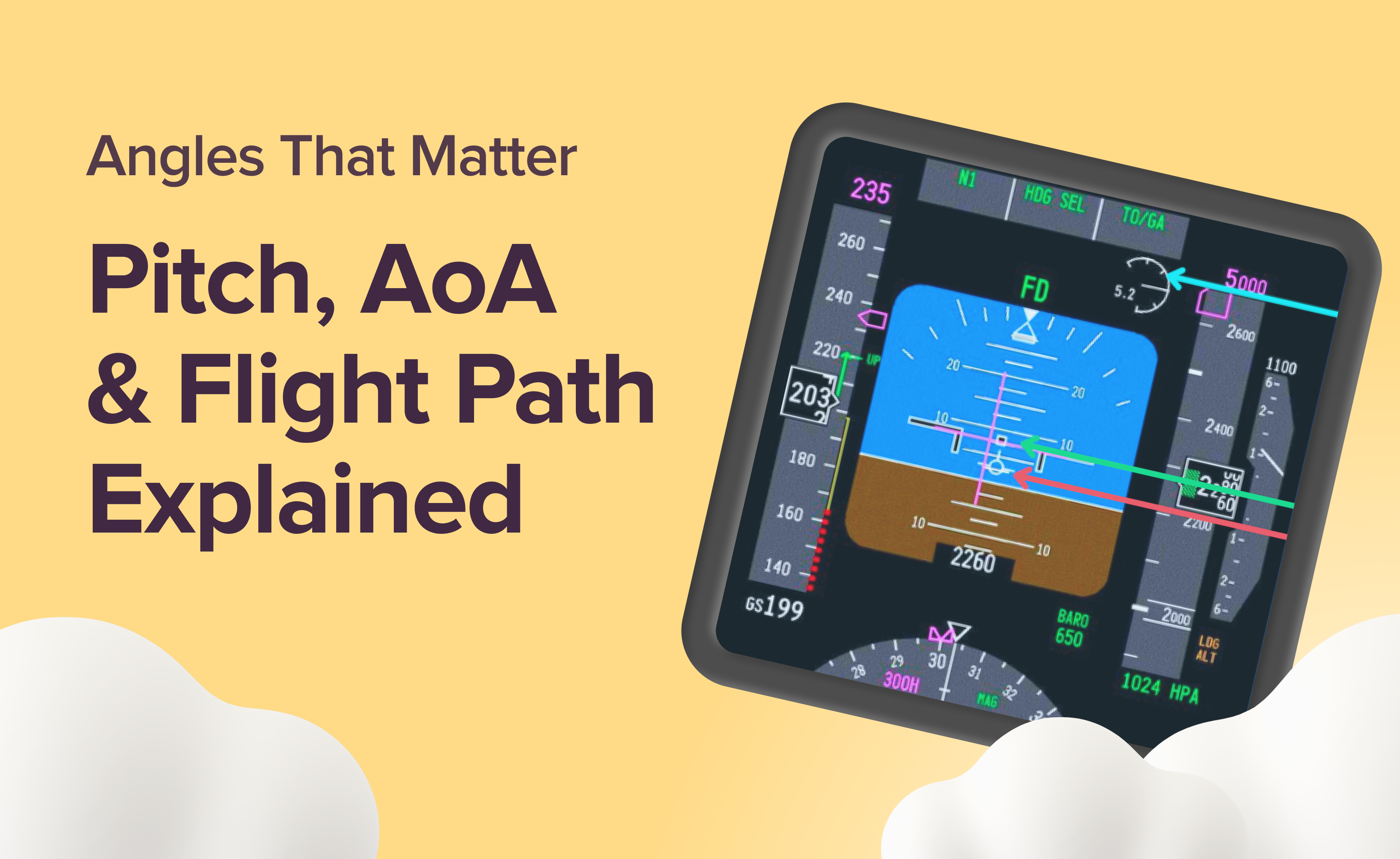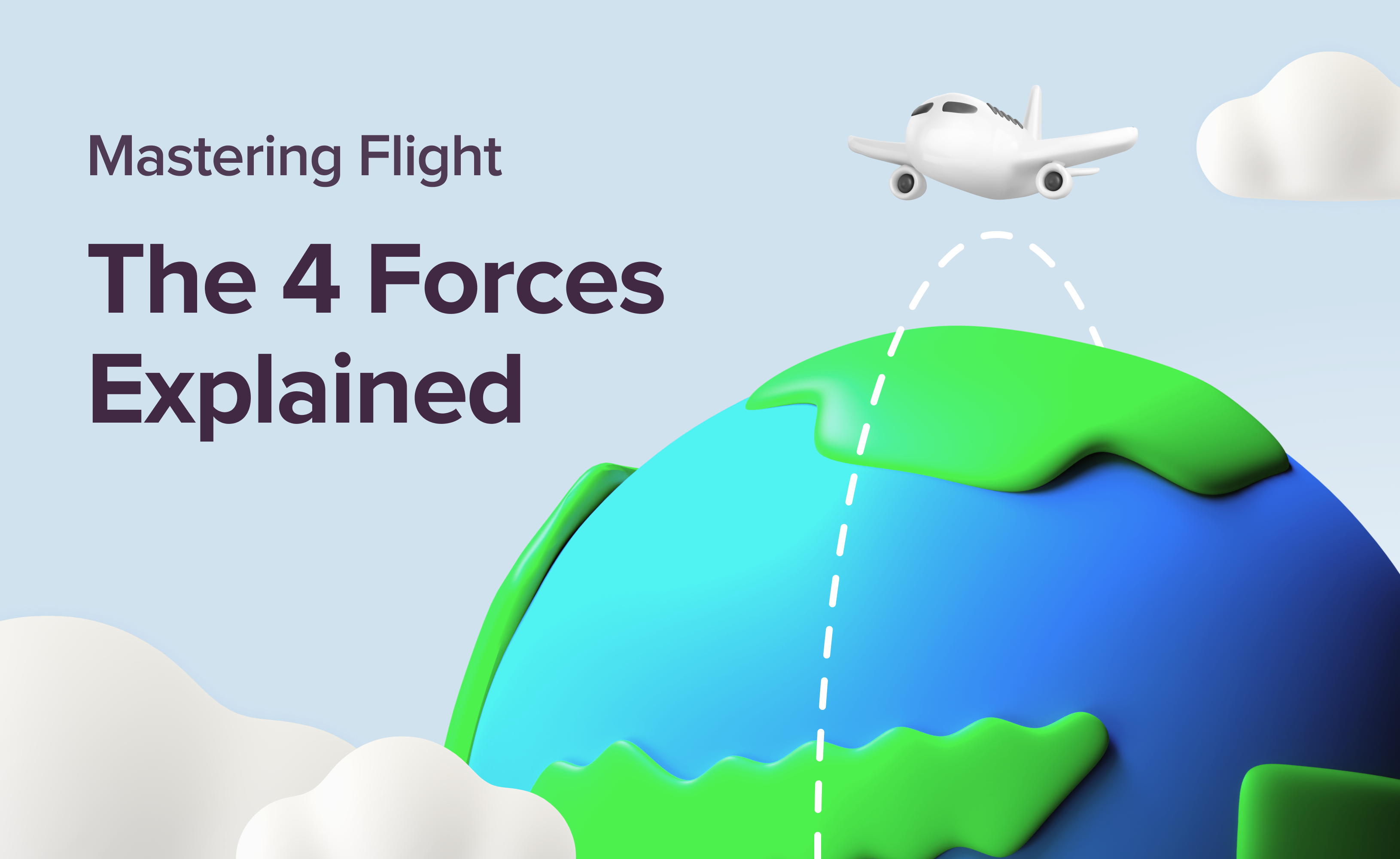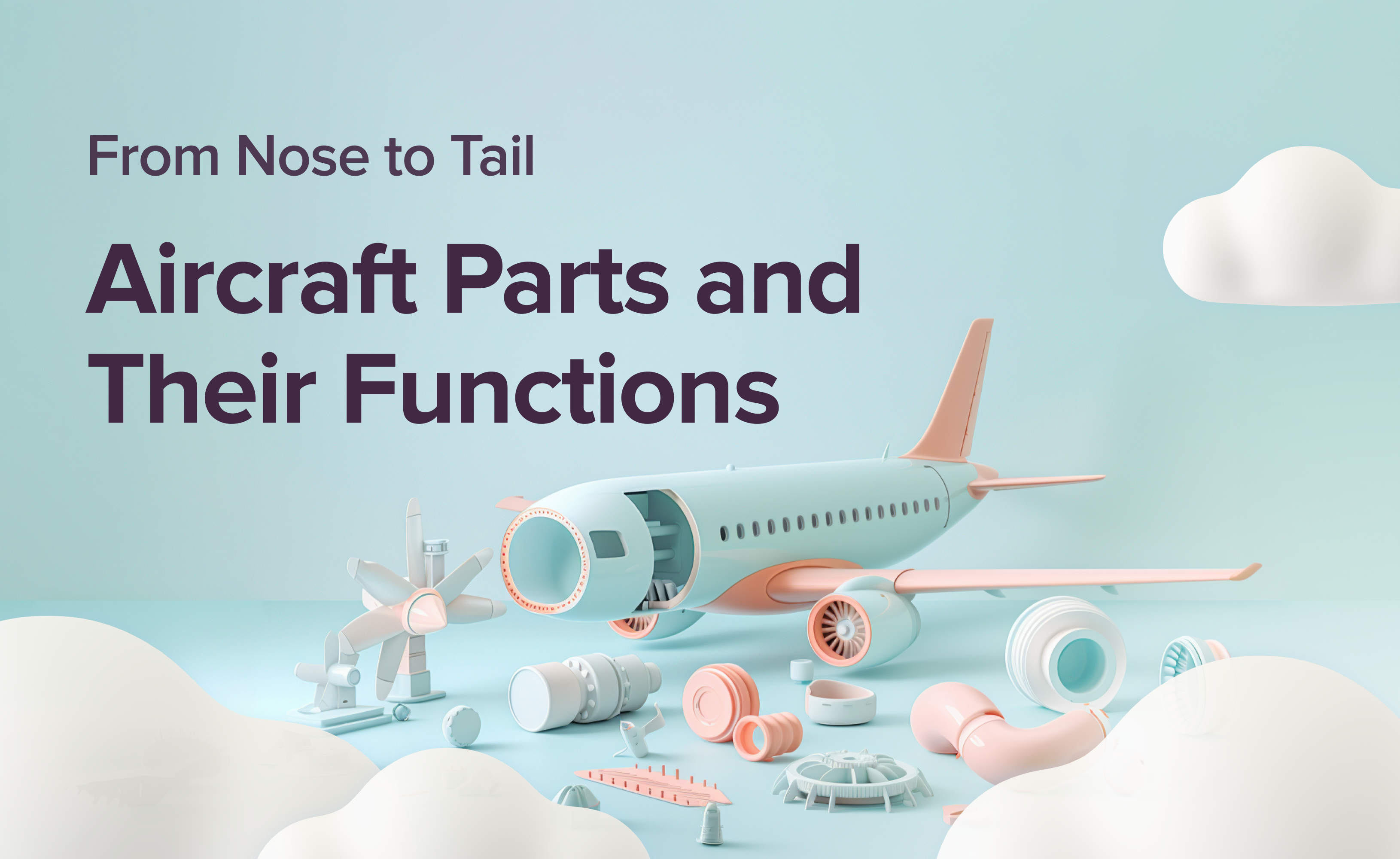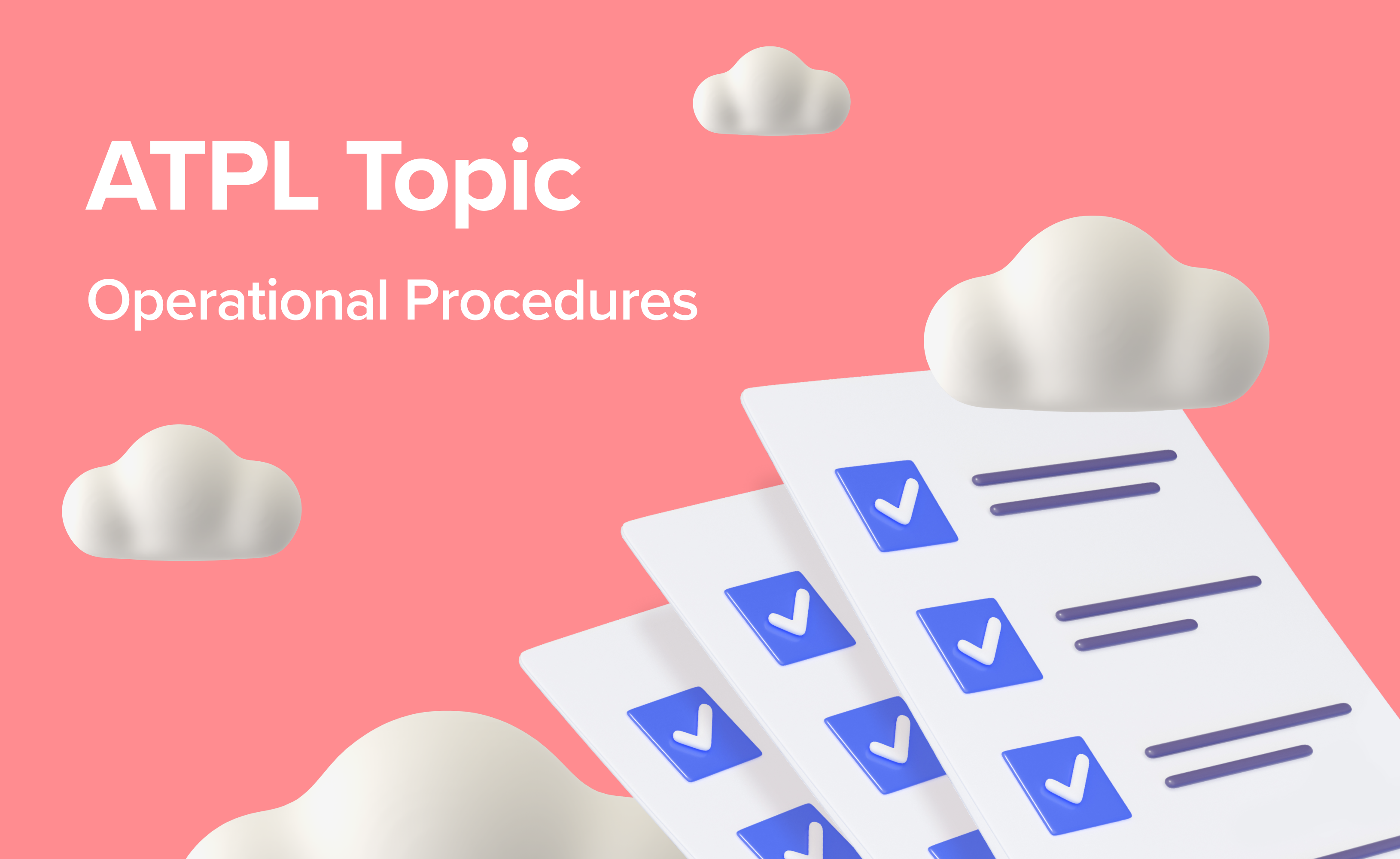Air Traffic Control: The Unsung Heroes of Aviation

You’ve likely encountered people who dream of becoming pilots—some of you may already be in a pilot training programme, while others are considering it. But how many of you have met someone who dreams of managing the skies as an air traffic controller? It’s a profession that’s often overlooked, yet without air traffic controllers, airline pilots would be flying blind. This role is not just about managing the skies; it’s about ensuring that as air traffic increases, the skies remain safe. Today, let’s delve into the role of an air traffic controller, why this profession exists, and its origins.
The Evolution of Air Traffic Control
Today, air traffic control is a complex and highly sophisticated system, regulated by bodies such as the United Kingdom Civil Aviation Authority (CAA), the European Union Aviation Safety Agency (EASA), and the International Civil Aviation Organisation (ICAO). Controllers oversee thousands of flights daily, navigating challenges such as severe weather and terminal airspace congestion. Let's take a moment to explore the origins and reasons behind its existence by examining the crucial points in the evolution of air traffic control.
Air traffic control services emerged almost simultaneously with commercial aviation in the early 20th century. The rapid growth of air traffic and the increasingly complex operating conditions at aerodromes necessitated the creation of systems to manage aircraft safely and efficiently. Initially, ground operators simply provided pilots with essential information about runway conditions, wind direction, and the presence of other aircraft or vehicles using flags, lights, or rudimentary radio communications. This marked the beginning of what is now known as the Aerodrome Flight Information Service (AFIS).
As air traffic increased and adverse weather conditions became a significant factor, it became clear that merely informing pilots was insufficient; ground operators needed to issue instructions to avoid collisions during take-offs and landings. This need for more structured guidance marked the formal inception of air traffic control.

Tower Control and Early Innovations
Croydon Aerodrome, 1922: The world’s first true air traffic control service was established at Croydon Aerodrome, south of London after a minor collision highlighted the need for structured departure sequences. The aerodrome implemented a system where pilots had to obtain a sequence number and authorisation to take-off, signalled by a red flag. Croydon also pioneered ground-air radio communications, the use of the Q code, and the establishment of a ground control zone requiring pilot clearance from the controller before entry.
International Regulation and Area Control
The rapid success of commercial aviation led to the creation of the International Commission for Air Navigation (ICAN) in 1919 under the Treaty of Versailles. ICAN developed the first international air traffic regulatory framework, crucial in Europe due to the numerous borders and languages. After the first mid-air collision in 1922, authorities defined specific air routes and mandated onboard radio equipment and meteorological information sharing, further advancing the safety and efficiency of air travel.
Following several mid-air collisions, a United States consortium of airlines established the first Air Control Centre in Newark, New Jersey, in 1935 to monitor their routes. By 1936, the U.S. Department of Commerce assumed control of these activities and extended them across the country, laying the groundwork for an extensive air traffic control system managed by the Federal Aviation Administration.
Procedural Control and Technological Advancements
Early ATC relied on "procedural control," where controllers used blackboards and maps to track aircraft positions based on pilot reports. This method, though primitive, was effective and laid the groundwork for modern ATC practices.
The integration of radar technology in the mid-1950s revolutionised ATC. Radar’s precision, with improved air navigation systems and direct ground-air communications, allowed controllers to manage aircraft flying at high speeds with greater accuracy and safety. This innovation significantly reduces the required separation distances between aircraft, accommodating the rising volume of global air traffic.
Types of Air Traffic Controllers

Air traffic control is a multifaceted profession with distinct roles, each crucial to ensuring the safe and efficient movement of aircraft. The primary types of air traffic controllers include Approach Controllers, Aerodrome Controllers, and Area Controllers, each with specific responsibilities:
Approach Controllers
Typically based at airports, although some work in area control centres, Approach Controllers manage aircraft as they approach the airport. Their primary duties include granting initial security clearance for landing, organising aircraft into a sequence for the most efficient landing order, and managing holding patterns when airports are busy. They also assist aircraft in the initial phases of flight after departure, often using Instrument Landing Systems (ILS) to facilitate automatic landings where applicable.
Aerodrome Controllers (Tower Controllers)
Working within control towers at airports, Aerodrome Controllers have a clear view of the aerodrome and are responsible for safely managing aircraft movements on the ground. They control aircraft taxiing between runways and stands, and provide clearance for take-off and landing, ensuring smooth and safe operations within the airport's vicinity.
Area Controllers
Based in control centres, such as those in Prestwick, Scotland, and Swanwick, England, Area Controllers manage aircraft flying at higher altitudes, typically above 5,000 feet. They oversee aircraft during the climb, descent, and en-route phases of flight, as well as issuing levels, headings, and speeds, to maintain safe separation between aircraft within their assigned UK airspace sector.
Military Air Traffic Controllers
The armed forces also employ air traffic controllers, with specific roles such as Air Operations Control Officers in the RAF, who manage military air traffic to and from airfields and coordinate missions involving fighter jets, surveillance, and refuelling aircraft. They also work alongside civilian controllers. Similarly, Royal Navy Air Traffic Control Officers manage airspace around naval missions, dealing with both civilian and military traffic in various challenging conditions.
Day-to-Day Responsibilities of an ATC

These responsibilities include Air traffic controllers shoulder a diverse and challenging set of duties that demand a high level of focus and strong problem solving skills:
Operating sophisticated radar and communication equipment to monitor and direct aircraft.
Maintaining continuous radio and radar contact with aircraft, providing guidance and instructions to pilots.
Directing aircraft movements en route or at an airport, ensuring safe distances are maintained between planes.
Instructing pilots on when to climb, descend, and reach final cruising levels.
Providing critical information to pilots about weather conditions and handling unexpected events, including emergencies and unscheduled traffic.
Managing ground movements on and off runways and around busy airports, particularly for Aerodrome Controllers.
Air traffic controllers also navigate diverse airspace challenges. In controlled airspace, they use radar and technology to manage aircraft safely. In uncontrolled remote areas, where radar is unavailable, ATCs rely on procedural control and pilot reports. In military airspace, they must coordinate with civilian controllers to avoid conflicts with military operations.
These tasks are performed under high-pressure conditions, requiring precision and the ability to manage multiple aircraft simultaneously. Air controller must also be prepared to handle emergency situations, such as equipment failures or bad weather conditions, ensuring the safety of all aircraft within their control.
Challenges Posed by Increasing Air Traffic Volume and New Technologies
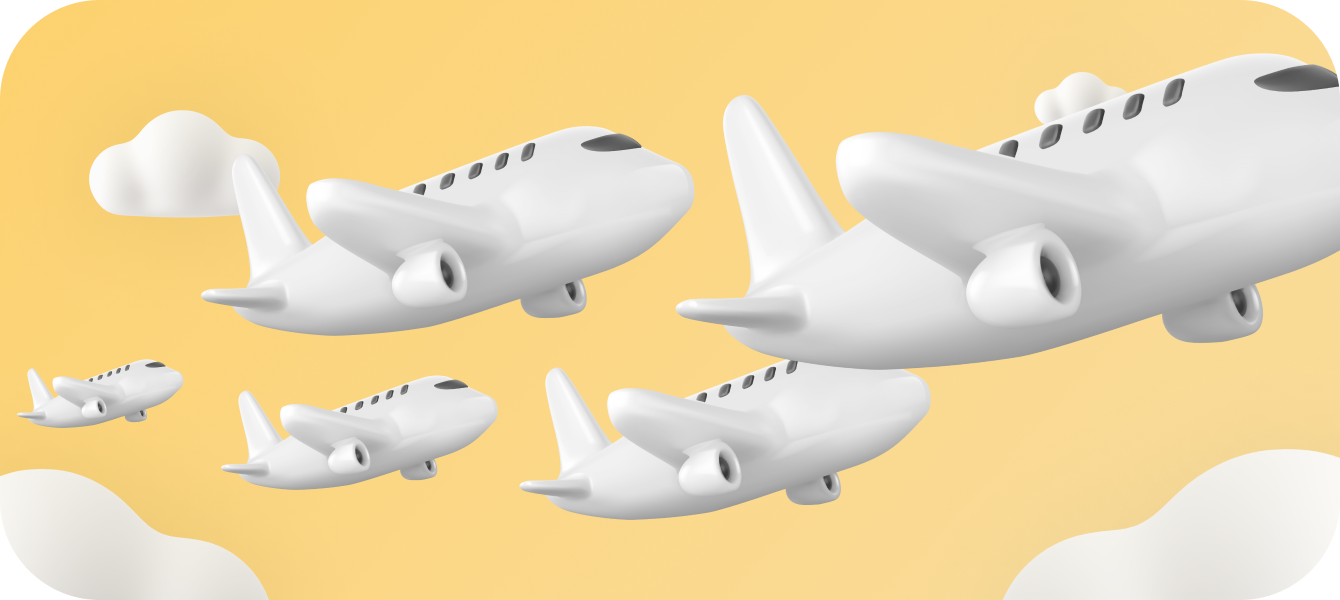
As the skies become increasingly crowded with both commercial and private aircraft, air traffic controllers face the monumental task of maintaining order and safety amidst this surge. The introduction of new technologies, while designed to streamline processes and enhance communication, also presents a steep learning curve and the need for constant adaptation. Controllers must stay abreast of the latest advancements, integrating sophisticated radar systems, satellite communications, and automated tools into their daily routines, all while ensuring these innovations work seamlessly with legacy systems and procedures.
Increased Traffic Volume: As air travel becomes more accessible, airports and airspace are experiencing higher levels of congestion. Controllers must manage this increased volume while ensuring safety and efficiency, often in the face of adverse weather conditions and other operational challenges.
New Technologies: The integration of advanced technologies, such as NextGen in the United States or SESAR in Europe, introduces new tools and systems that enhance ATC capabilities but also require controllers to continuously update their skills. These technologies aim to improve communication, navigation, and surveillance, allowing for more precise and efficient air traffic management.
Human Factors: Despite technological advancements, human factors remain a critical component of air traffic control. Controllers must maintain high levels of situational awareness and decision-making skills, even as automation plays an increasingly significant role.
The role of an air traffic controller is thus not only about managing the skies but also about adapting to the ever-evolving landscape of aviation, ensuring that as the skies become busier, they also remain safe.
Essential Competencies and Qualifications

Becoming an air traffic controller requires more than just an interest in aviation. It involves rigorous training, including classroom instruction, simulations, and on-the-job experience. For trainee air traffic controllers, it typically takes 12-18 months to qualify.
Mentally, the air traffic control profession requires sustained focus, rapid decision-making, and the ability to handle high levels of stress. Physically, air traffic controllers remain seated for extended periods and rely heavily on visual acuity and hearing throughout their shifts. The job demands a unique combination of skills, a rigorous training course, and the ability to thrive under significant mental and physical pressures.
Cognitive Acuity and Decision-Making: Exceptional mental agility is paramount for air traffic controllers. They must process information rapidly, analyse complex situations, and make sound decisions under pressure. Strong problem-solving skills are a necessity to navigate unexpected occurrences and ensure smooth traffic flow.
Crystal-Clear Communication: Precise and concise communication is an essential cornerstone of effective air traffic control. Controllers interact with pilots using standardised terminology and procedures to ensure clear understanding and avoid ambiguities. Excellent listening skills are equally crucial for receiving pilot requests and maintaining situational awareness.
Composure Under Pressure: The air traffic control environment is dynamic and highly demanding. Controllers must remain calm and collected even when faced with challenging situations, such as adverse weather conditions or unexpected events. Emotional stability and effective stress management techniques are essential for ensuring safe operations.
Spatial Awareness: Air traffic controllers operate within a three-dimensional environment, constantly monitoring the location and altitude of multiple aircraft. A well-developed sense of spatial reasoning allows them to understand traffic patterns and maintain safe separation between planes.
Teamwork and Collaboration: Controllers work closely with pilots and other controllers to coordinate air traffic smoothly, relying on teamwork to maintain efficient operations.
Formal education is not a necessary qualification for becoming an air traffic controller. However, strong numeracy and technical skills can provide an advantage. The primary focus lies on developing the necessary skills and aptitudes through comprehensive training programs.
12 Facts About Air Traffic Control
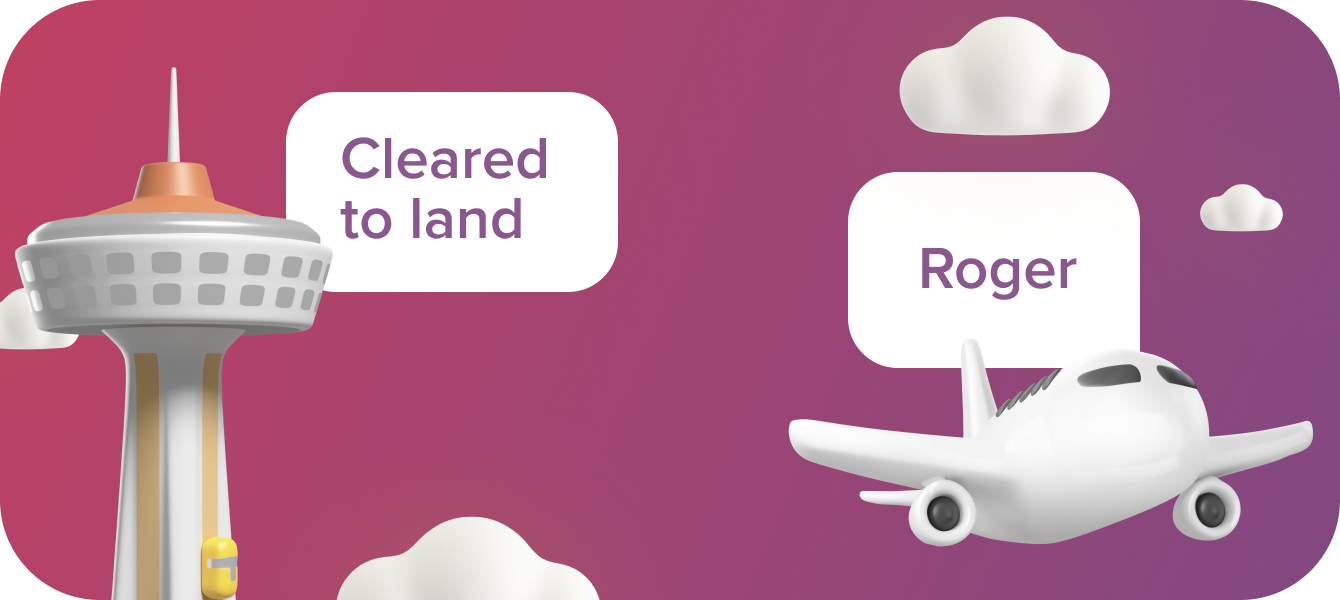
1. Thousands of Flights Monitored Daily: On average, air traffic controllers manage over 100,000 flights every day worldwide. In the UK alone, NATS (National Air Traffic Services) handles around 2.5 million flights annually.
2. Safety Record: Despite managing such a high volume of flights, the air traffic control system is incredibly safe. The chance of a mid-air collision is estimated to be less than one in 11 million, making air travel one of the safest modes of transportation.
3. Fast Reflexes Required: Air traffic controllers must process information quickly — often within seconds. Their reaction time and decision-making skills are crucial, especially during peak traffic hours or emergencies.
4. Stringent Selection Process: The selection process to become an air traffic controller is highly competitive. In some countries, only about 1-3% of applicants make it through the rigorous selection and training process.
5. High Concentration Levels: Studies have shown that air traffic controllers must maintain levels of concentration similar to those required in other high-stakes professions, such as neurosurgery.
6. Managing Large Airspaces: Area controllers in the UK manage sectors of airspace that can cover up to 250 miles across and up to 60,000 feet in altitude. Controllers must keep track of dozens of aircraft within these large, invisible “zones.”
7. Stress and Burnout: The job is so stressful that air traffic controllers are often required to retire earlier than most professions — usually in their 50s. This is due to the high levels of mental strain associated with the job.
8. Technological Reliance: While controllers are highly skilled, the job heavily relies on technology. For example, the introduction of Automatic Dependent Surveillance-Broadcast (ADS-B) allows controllers to track aircraft with more precision than traditional radar.
9. Communication Complexity: English is the international language of air traffic control, but controllers must also be proficient in aviation-specific jargon, which includes over 3,000 unique phrases and terms.
10. Longest ATC Shift: In some countries, regulations allow air traffic controllers to work shifts as long as 10 hours, although breaks are mandatory to prevent fatigue and maintain alertness.
11. Salary Ranges: Air traffic controllers are well-compensated due to the high-stress nature of the job. In the UK, experienced controllers can earn upwards of £100,000 per year, with similar figures in other countries.
12. Climate Change Adaptation: As climate change affects weather patterns, controllers are increasingly dealing with more frequent and severe weather events, adding another layer of complexity to their responsibilities.
Airheads Takeaway

Air Traffic Controllers are the true guardians of the sky. They manage the airspace, guide pilots, and prevent collisions, ensuring the safe movement of aircraft every day. Whether it's commercial airliners, private planes, helicopters, or other non-scheduled flights, controllers are at the helm, keeping everything running smoothly.
Working in this field means operating under high pressure, where split-second decisions can have major consequences. It requires unwavering focus and the ability to stay calm, even in the most intense situations.
If you're up for the challenge, willing to undergo rigorous training and thrive in a fast-paced environment, air traffic control could be the perfect career for you. This profession is demanding but incredibly rewarding. As an air traffic controller, you'll play a crucial role in keeping millions of passengers safe, making it one of the most impactful and fulfilling careers out there. Consider stepping into this vital role, where every decision you make helps guide the future of aviation.







